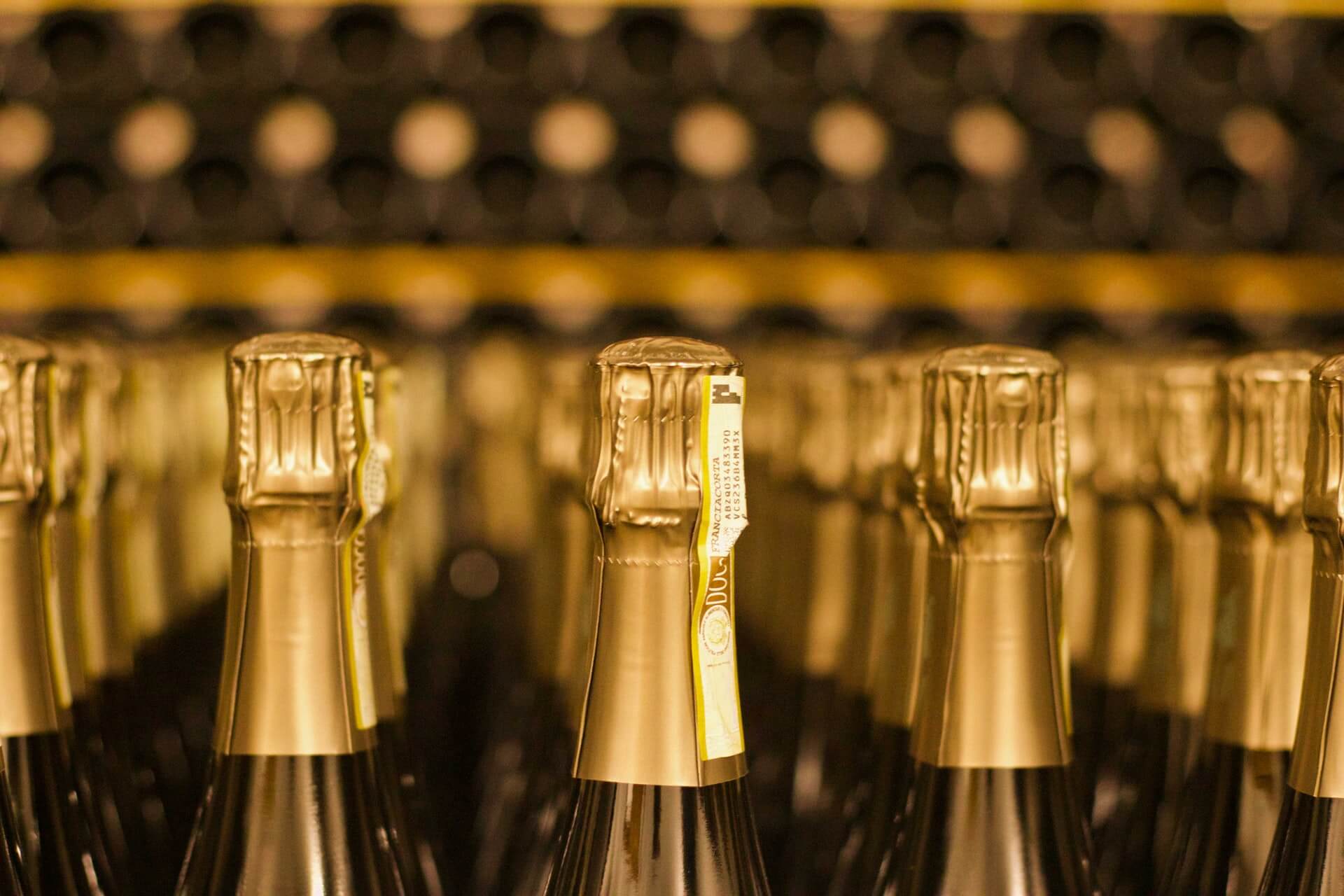Offbeat Bubbles for Valentine’s Day & Beyond
by David Klemt

Why not add some eclectic bottles of bubbly that will grab your guests’ attention as they’re reading through your menu and electrify their senses?
Sure, Champagne still reigns supreme among sparkling wines. And operators should absolutely have bottles of champers on their menus.
However, offering the unusual can pay off big, boosting guest engagement and loyalty, in turn increasing visits and revenue.
So, let’s take a look into the unexpectedly wide world of sparkling wines.
Crémant
Want to make a Champagne producer or lover apoplectic? Tell them that the world’s most-famous monk, Dom Pérignon, stole the process of making sparkling wine.
That’s what some French sparkling wine producers outside of Champagne will tell you, anyway.
To be honest, there’s no way to know if Dom Pérignon learned the process in Limoux, a wine region in the Languedoc region of France, and “borrowed” it. However, we do know there’s evidence showing winemakers in Limoux were producing sparkling wine a century before winemakers in Champagne.
At any rate, Crémant and Champagne are made using the same method. Interestingly, though, Crémant tends to be creamier, brighter, and more refreshing. These wines are also usually less expensive than their Champagne counterparts. Sometimes, significantly so.
Also, Crémant is produced in eight regions throughout France and uses a wider variety of grapes. Think of it this way: Champagne must be produced in a specific region, Champagne. Crémant is methode traditionelle (a.k.a. méthode champenoise) sparkling wine made outside of Champagne.
Aussie Sparklers
To be sure, Australian winemakers produce a vast array of incredible wines. Their approach to sparkling wines is no exception.
Even more incredible is the wide range of prices these bottles command. You can find fantastic bubbly for as little as $5 (seriously), and of course there are bottles priced well over $100.
Some of the mostly highly sought-after and highest-rated bubbly comes from Tasmania. House of Arras is one example, and Jansz is another. The latter claims to be the first Tasmanian producer to use the méthode champenoise.
Another interesting detail about Australian sparkling wine? The number of bottles with “Prosecco” on the label. Many producers who make Australian Prosecco use the Charmat production method, just like the vast majority of Italian Prosecco producers.
When looking into these bottles you find some unique flavor notes like coconut and nougat. These should appeal to mora adventurous guests looking to try something different. On the other hand, these wines aren’t so different as to be unfamiliar and polarizing.
Franciacorta
This Italian sparkler is by no means a “new” type of bubbly. However, it is lesser known to many in North America.
If you have a guest seeking an alternative to Champagne that tastes similar, you would do well to steer them toward Franciacorta.
Made in the Lombardy region of Italy, these wines are produced utilizing the methode traditionelle, which is also known as methode classico in Italy. Three grape varietals are used to make Franciacorta: Chardonnay, Pinot Noir, and Pinot Blanc.
Looking at the grapes above, you can see why Franciacorta tastes similar to Champagne.
Brachetto d’Acqui
Another great methode traditionelle sparkler from Italy is Brachetto d’Acqui, produced in the Piedmont wine region of Italy.
One of its most prominent characteristics is its deep red color. Brachetto d’Acqui, you see, is made from one grape: Brachetto.
While made using the methode traditionelle, this wine is a frizzante rather than a spumante. The former is a semi-sparkling wine while the latter is a full sparkler.
These bottles will appeal to guests seeking a sweeter, less bubbly sparkling wine. And, as mentioned prior, the color can be quite striking.
Be Different
Adding lesser-known sparkling wines can help your restaurant or bar’s wine program stand out from the competition.
And since they tend to taste similar to Champagne, Prosecco, Cava, and Lambrusco to most North American palates, they’re not so unusual that guests will be afraid to try them.
So, this Valentine’s Day and the rest of the year, seek out eclectic bottles of bubbly. Doing so now will set you up nicely for the summer, patio weather, and brunch season.
Stocking up on different sparkling wines will also provide opportunities to improve your food experience. Remember, bubbles go great with chicken wings, burgers, pizza, and other bar foods.
Image: paola capelletto on Unsplash
